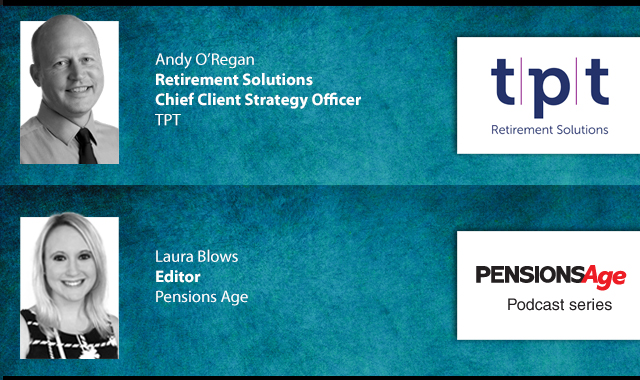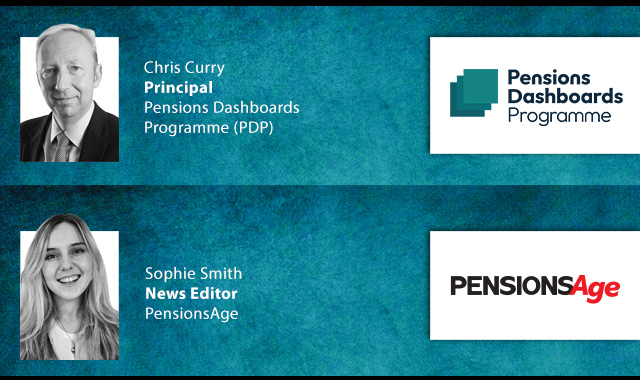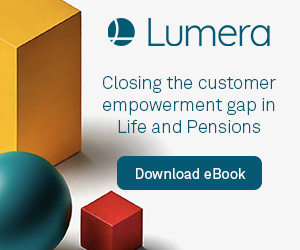Andrew McCaffery explains how it is the underlying investment capability that matters when comparing single and multi-strategy hedge funds
It now seems widely agreed by institutional investors that exposure to hedge funds can provide portfolio diversification and better risk-adjusted returns overall. So the question then becomes, ‘how best can this exposure be achieved?’ The answer to this question has far less of a consensus, with advocates of direct single strategy allocations on one side and multi-strategy fund of hedge funds (FoHFs) on the other. In the middle lie the slightly blurred lines of single-manager (fettered) multi-strategy providers together with growing, but often limited, consultant product offerings.
The FoHF model has received a degree of criticism recently which has largely focused on poor industry average returns and the perceived extra fees. However, much has been made of numbers that are not directly comparable and a more measured debate is needed.
Many of the benefits of the FoHF approach are often overlooked. In the absence of a crystal ball revealing future return profiles, investors focus their attention on more tangible factors such as costs. The dangers here are manifold. First, there are a number of indirect costs associated with direct hedge fund investing that are not explicitly accounted for in most comparison studies. We are not talking inconsequential figures either. Additional staffing, consulting services, custodial duties, administration and legal work all sum to a level that should force investors to take note. And signs are emerging to suggest that they are doing so.
From a fee point of view therefore, the case is less clear cut than many would have you believe. In addition, the use of average peer group returns for FoHFs also distorts the performance picture too. There are a number of FoHF managers with exceptional track records who have achieved this result by having robust, repeatable investment processes that incorporate effective risk management alongside strong operational and investment due diligence.
In recent years, we have seen a trend towards single-manager multi-strategy hedge funds. While the use of in-house products and capabilities may lead to a cost advantage, one investment house is very unlikely to be home to the best capability across all sectors and strategies. A natural result for a single strategy approach is therefore a bias toward core competencies rather than what might be best for the client or even the market conditions.
The strength of the FoHF model is that it goes hand in hand with a flexible and adaptable approach. We are increasingly framing conversations with our clients around our overall investment capability rather than simply the final structure within which the solution will be packaged. We offer off-the-shelf products, both regulated and unregulated, that appeal to many because of the reduced administrative and monitoring burdens that come with more bespoke solutions. For those who require a tailored solution, the end result may look closer to that of a direct approach to hedge fund investing, but with an active style of monitoring and management. It is for this reason that we encourage investors to think in terms of investment capability and the framework and resources within which it sits, as this will ultimately drive performance and results.
At Aberdeen we are proud to be able to boast a 14 year track record in hedge fund investing. We also have the institutional backing of a FTSE 100 global asset management firm with the stability and brand presence that this brings. This allows us to offer our clients access to the very best hedge fund managers, which include smaller and niche firms, while at the same time providing the security that comes with being part of a large organisation.
Andrew McCaffery is global head of hedge funds at Aberdeen Asset Management
Latest News
-
Pensions Minister highlights focus on value and returns
-
DB trustees facing 'significant' volatility following US tariffs
-
Savers still not accessing pensions advice ten years after freedom and choice reforms
-
News in brief - 4 April 2025
-
This week in pensions: 31 March - 4 April 2025
-
Growing number of small schemes hit with governance fines, TPR reveals
Being retirement ready
Gavin Lewis, Head of UK and Ireland Institutional at BlackRock, talks to Francesca Fabrizi about the BlackRock 2024 UK Read on Retirement report, 'Ready or not. How are we feeling about retirement?’
Time for CDI
Laura Blows speaks to AXA Investment Managers (AXA IM) senior portfolio manager for fixed income, Rob Price, about cashflow-driven investing (CDI) in Pensions Age’s latest video interview
The role of CDC

In the latest Pensions Age podcast, Laura Blows speaks to TPT Retirement Solutions Chief Client Strategy Officer, Andy O’Regan, about the role of collective DC (CDC) within the UK pensions space
Keeping on track

In the latest Pensions Age podcast, Sophie Smith talks to Pensions Dashboards Programme (PDP) principal, Chris Curry, about the latest pensions dashboards developments, and the work still needed to stay on track
© 2019 Perspective Publishing Privacy & Cookies















Recent Stories